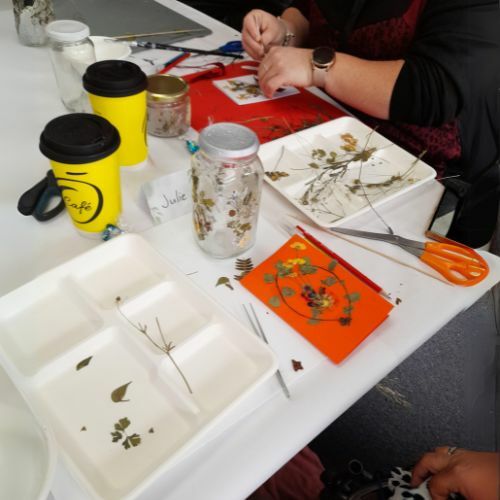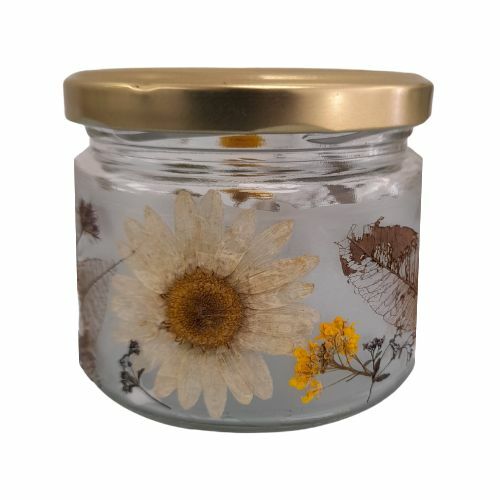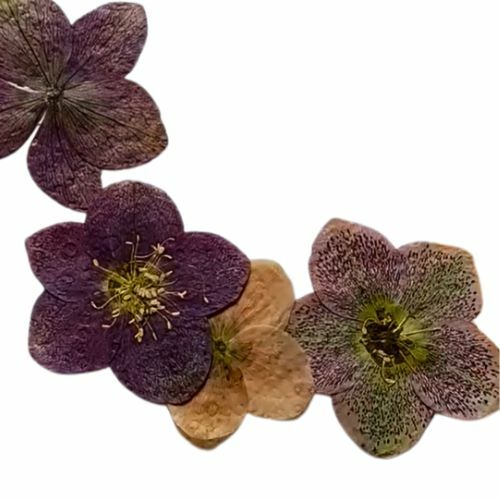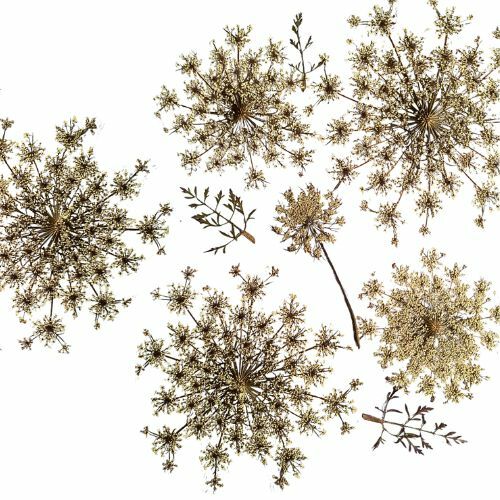A Renewed Appreciation for Pressed Flowers: From Childhood Craft to Creative Expression
Pressed Flowers: From Childhood Craft to Creative Expression
Pressed Flowers history
Pressing flowers is an old art form, there is evidence to suggest people were drying and pressing flowers as far back as ancient Egypt.
In the 16th century, in Japan, it became known as oshibana and became a true art form.
Oshibana was practiced by samurai warriors to help them cultivate patience, focus, and a connection to nature. The craft spread to Europe and became quite popular during the Victorian era, particularly among women.
So, pressed flowers have indeed been enjoyed for centuries across different cultures!

.
A Renewed Appreciation for Pressed Flowers
I've been creating pressed flower art for years, even before the recent resurgence in popularity. It's wonderful to see these traditional crafts gaining new appreciation.
Using plants in my creations has always been a passion of mine. Pressing flowers offers me another way to preserve and repurpose my plants.
Pressing flowers enables you to appreciate their seasonal beauty well after they have faded from your view. It's a sustainable craft that celebrates nature's beauty and allows you to create keepsakes that hold special memories.
My favourite technique is building up layers of pressed flowers and foliage, mimicking nature's beauty by replicating how plants grow in the wild, adding depth to my pieces.
 .
.
.
Beyond Childhood Crafts: Creating High-Quality Pressed Flowers
.While pressing flowers is a common childhood activity, creating them for commercial use requires much more time and effort.
Being prompted, by Otorohanga Creative Conduit, to share some of my craft experiences gave me the confidence to offer a Workshop in Otorohanga. Having perfected my skills in creating pressed flowers, I decided on a pressed flower workshop.
I shared my flower-pressing techniques and guided participants toward easier-to-press varieties. Factors include: petal colour, fleshiness, receptacle structure, and petal attachment all influence pressing difficulty. The workshop highlighted the time commitment involved in creating high-quality pressed flowers.

.
From Pressing to Placement: Techniques and Tips
.With only 2 hours to cover so much, I only mentioned the various application methods using different glues (Mod Podge, acid-free glue, superglue, hot glue, PVA) to achieve the desired finished look.
I focused on the simplest method for my demonstration - using diluted PVA glue and jars. An initial layer of glue, placing of foliage, then a final layer of glue seals the artwork. PVA dries to a nearly invisible finish.
When arranging your project one must think ahead and consider the layering of material carefully. Once glued down, pressed flowers become very delicate and difficult to reposition without damage.
Once they finished their jars, they could then attempt a greeting card. If we had more time, they could have been more creative with their card, but I think they learned a lot and enjoyed the process.

.
Planning and Preservation: Key Considerations
Flower colour preservation also plays a role. White flowers often turn brown during pressing, while darker colours usually turn out better. Techniques do exist to address tricky flowers. Petals can be separated and pressed individually, then reassembled once dry. Recoloring can also enhance the final look.
Finally, picking flowers at the right time is crucial. Flowers with morning dew are likely to go moldy. Overly mature blooms will collapse more readily. Younger blooms pressed at the peak of their beauty yield the best results.
There are several ways of pressing your plants. The original old book or flower press with wing nuts. Microwave, dehydrator and silica sand are newer methods. It is all personal preference and I suggest that you try things out for yourself.
Personally, I still love using a press. Here are some tips I've learned:
- Pick your cutting material wisely: Whichever method you use, cut your foliage when newly opened, and ensure its thoroughly dry.
- New Material: While finding new material may be exciting, do a few test pressings, to see how they turn out.
- Use absorbent, non-textured paper: Paper towels, nappy liners, chux clothes etc. Then newsprint, and occasional layers of cardboard. I keep my pressings in the liners they were pressed in, I find this is the safest storage method.
- Arrange For even pressing: Organise your foliage based on similar thicknesses. Extra fleshy plants can be pressed, but they will require more attention. Place these thicker plants together, not amongst less fleshy plants. Do not overlap your cuttings either, make sure there is a clear rmargine around each piece you are pressing.
- Consider how you want them to look: Consider how you want the finished flowers to face. Full frontal, sideways etc. How you lay the paper on top will affect how the petals lie. I lay all my flowers, with the stalk at the bottom and flowers at the top, this ensures they have space to spread their petals as I cover them up.
- Fight the mold: If using a flower press, check and change the absorbent paper, every few days to prevent mold from forming.
It's like a little time capsule! After a month, it's so much fun to open it up and see the beautiful pressed flowers – a few surprises, some good and others which are disasters..

Posted: Saturday 25 May 2024
Recent Posts
Archive
Tags
| Top |
